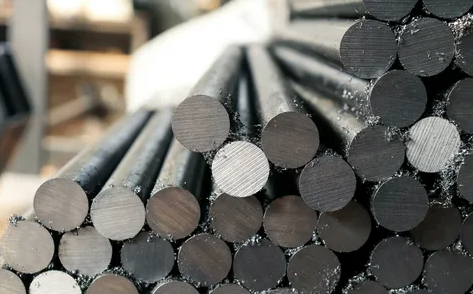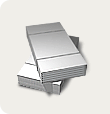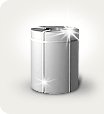Steelworkers looking to hydrogen-based direct reduced iron, or DRI, to reduce carbon emissions can make changes to their operations at a lower cost, expecting increased hydrogen availability and costs.
Smelters can invest in reducing carbon dioxide emissions through blast furnace injection, oxygen combustion, renewable energy and efficiency gains, according to the Linde industrial gases group.
This can help reduce coking coal and energy consumption.
According to Pravin Matur, Linde's Chief Executive Officer for Metals, Combustion and Energy, oxygen-based combustion can be applied to pellets and sinter plants fired by solid fuels, as well as steel furnaces, reducing CO2 emissions by 10-40%.
Linde's gas technologies can support decarbonisation, delivering significant immediate reductions in CO2 emissions rather than just waiting for hydrogen to be used, he said at Steel Times International's webinar on sustainability and steel production on January 22nd.
"Hydrogen will always be an expensive fuel, $ 2 per kg is about $ 15 per GJ," Mathur said. "You can switch to oxygen fuel today."
On January 22, the price of hydrogen for electrolysis PEM, Netherlands, S&P Global Platts, including capital costs, was estimated at 4.6116 EUR /kg (5.61 USD /kg).
Steelworkers are experimenting with hydrogen-based DRIs to replace blast furnaces that could become commercially viable in the second half of the decade, with expansion expected in the 2030s.
Green hydrogen from renewable energy sources could increase the supply of hydrogen after cheaper sources of hydrogen based on natural gas and fossil fuels first hit the markets. Carbon capture, storage and utilization can accelerate the delivery of blue hydrogen to the market.
DRI with natural gas could also reduce CO2 emissions compared to blast furnaces and could help cut the steel sector's emissions faster, technology developer Primetals and industry analysts expect. Iron metal products can facilitate the use of ferrous scrap, helping steel to achieve certain grades, qualities and chemical composition.
In Europe, green steel investment and support could be linked to new technologies such as hydrogen electrolyzers and renewable energy power plants.
Interest and funding for green steel may be limited until European steel mills are generated�
Metallurgy on the threshold of the hydrogen revolution

|
|
Azovpromstal® 25 January 2021 г. 10:25 |





